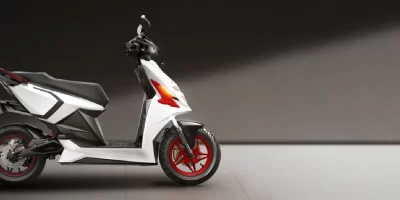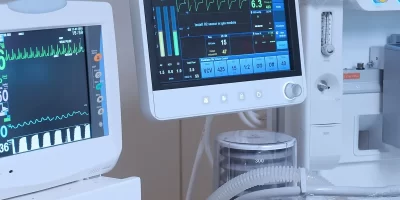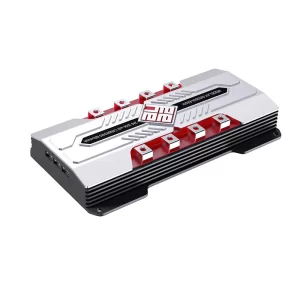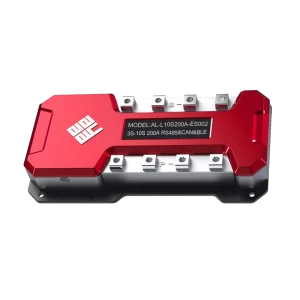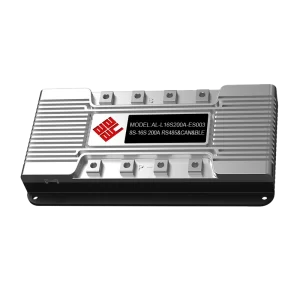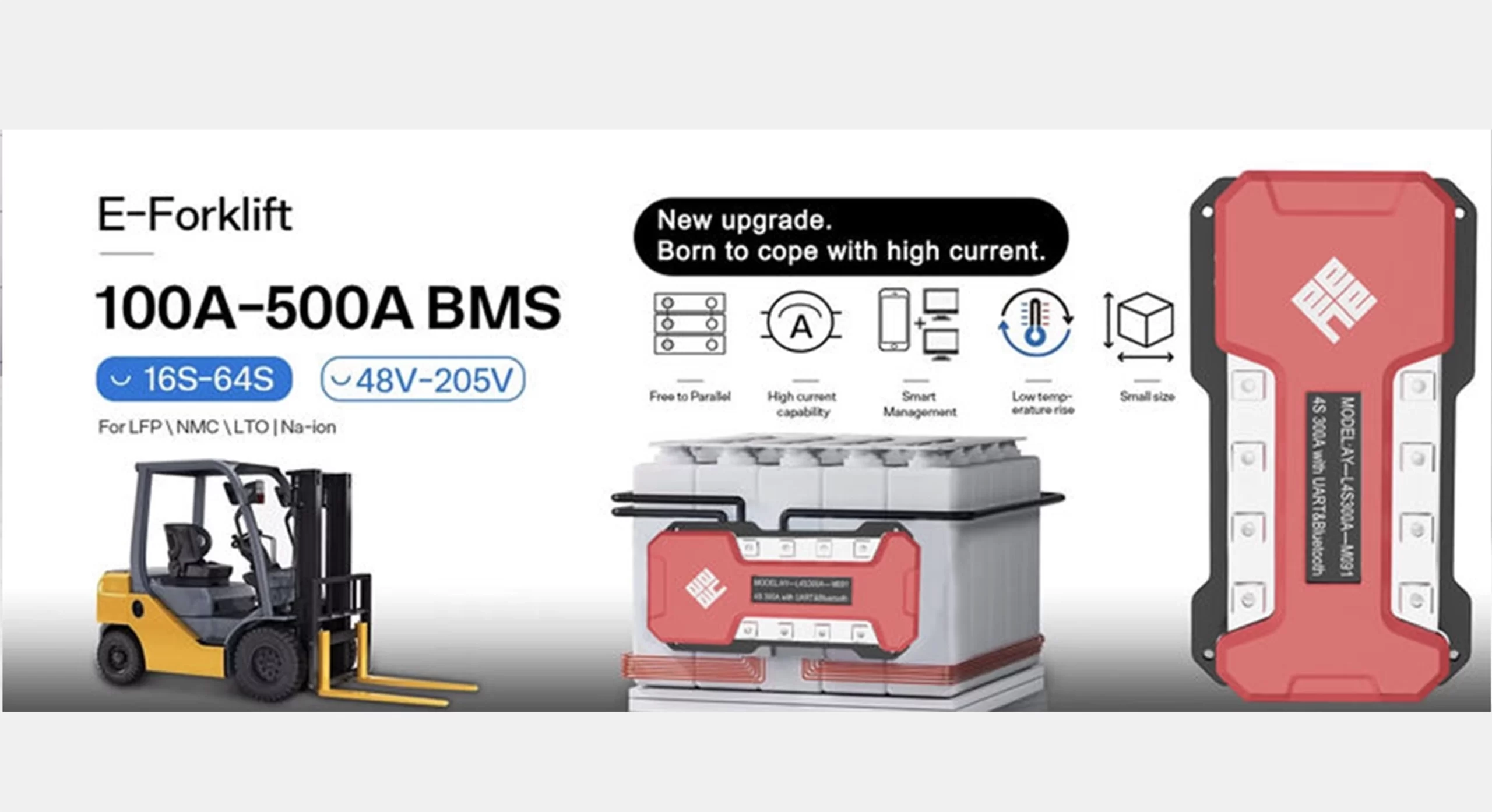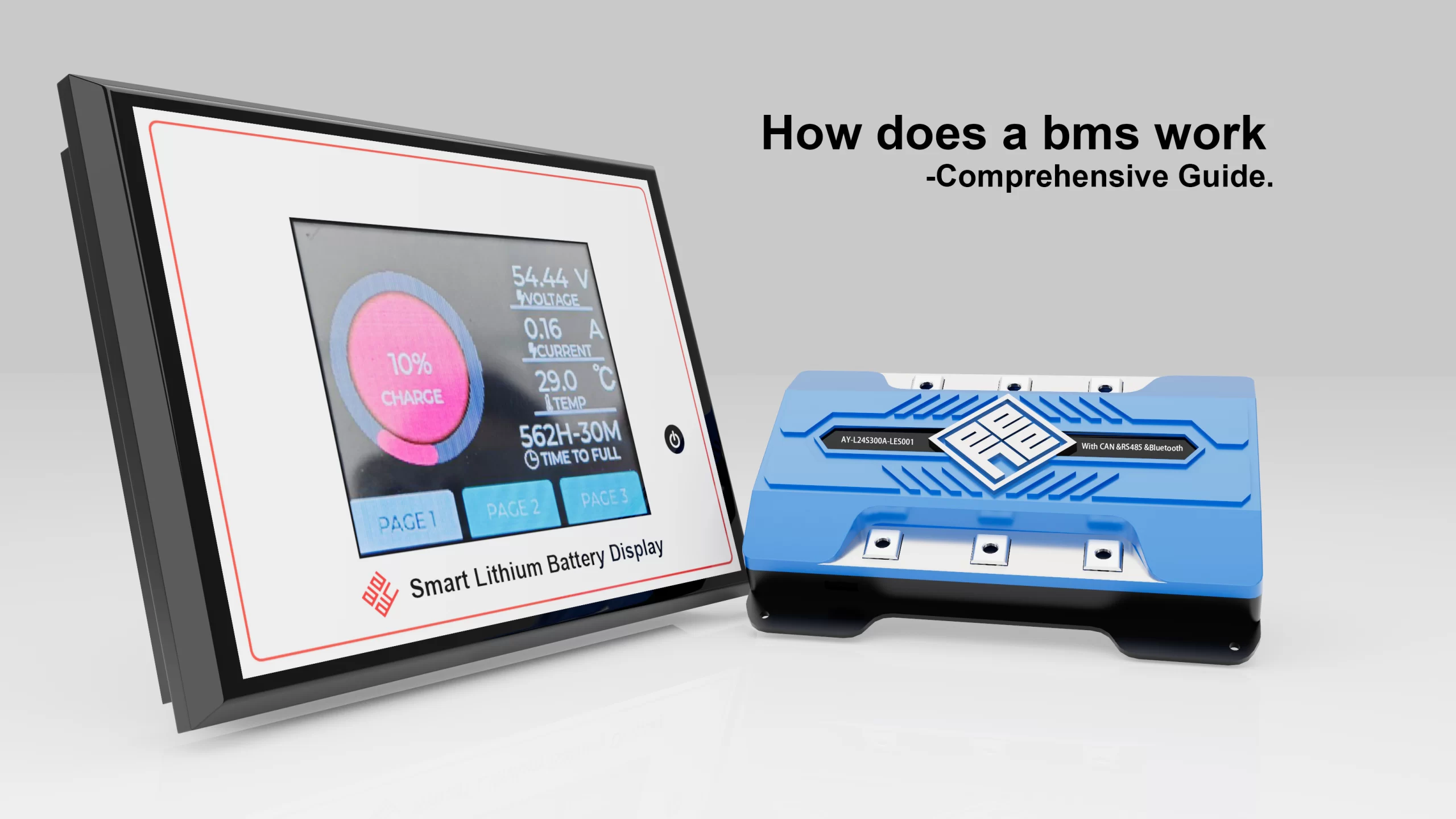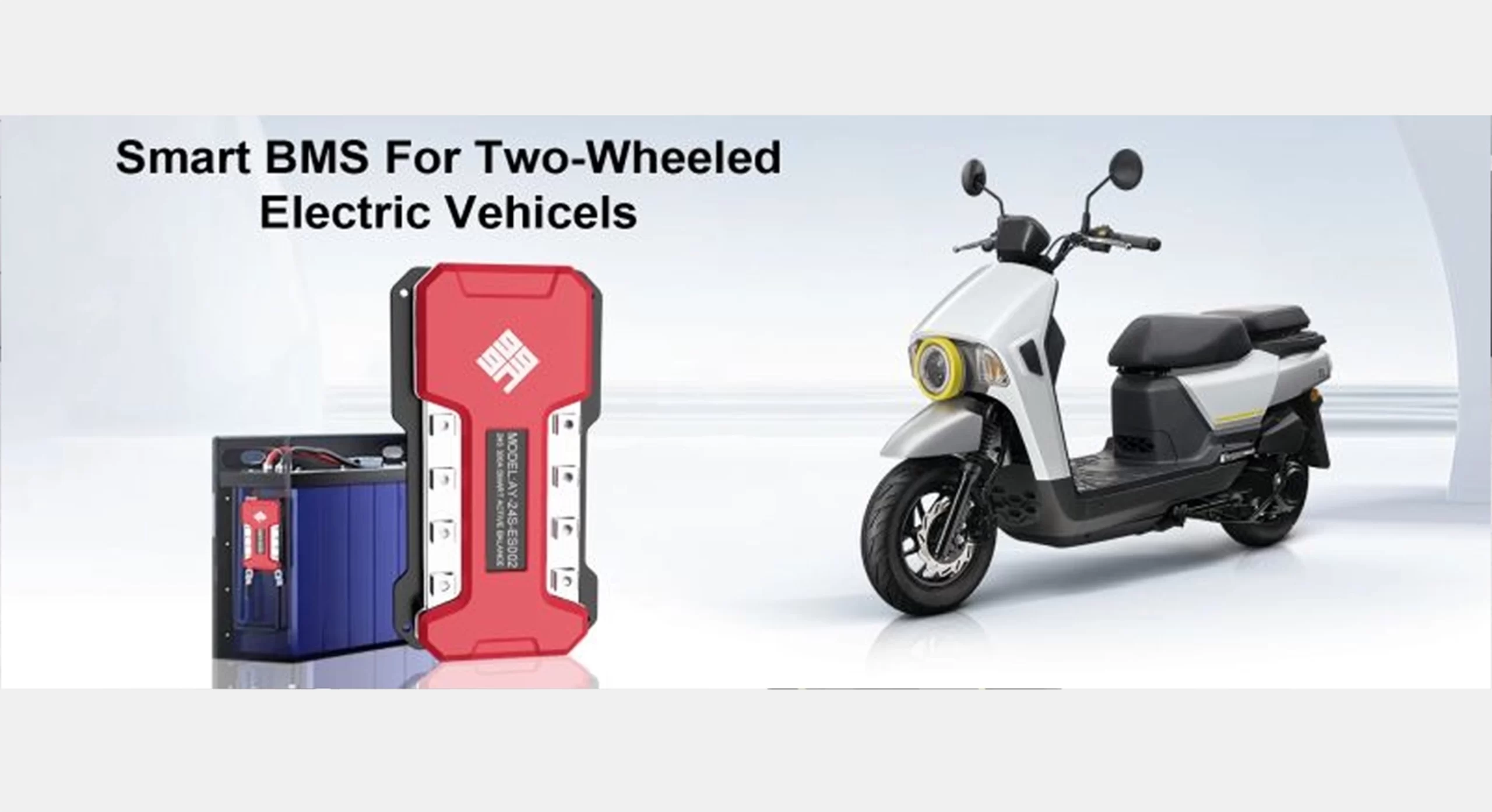ホームページ About Us EVENTS & NEWS Choosing the Right Battery Thermal Management System for Your Application
Choosing the Right Battery Thermal Management System for Your Application
Choosing the Right Battery Thermal Management System for Your Application
High-performance batteries are becoming essential components of energy storage systems, drones, electric cars, medical devices, and industrial machines.
The need for a reliable and efficient battery thermal management system has never been greater.
Lithium-ion and other high-capacity battery chemistries must be thermally stable in order to guarantee safety, increase battery lifespan, and preserve peak performance under a variety of environmental circumstances.
Together we will explore the fundamentals of battery thermal management, comparing different cooling technologies.
Understanding Battery Thermal Management
Battery thermal management refers to the systems and techniques used to regulate the temperature of battery cells during charge, discharge, and idle states.
A well-thought-out thermal management plan minimizes cell deterioration, avoids thermal runaway, and prevents overheating—all of which are crucial in applications that demand high power loads and frequent cycling.
Even the most sophisticated Battery Management System (BMS) will have trouble preserving cell health in the absence of an efficient temperature management system.
This is because the thermal environment of a battery has a direct impact on its performance.
Battery Thermal Management vs. Battery Management
While the battery management system handles electrical parameters—such as voltage, current, SOC (State of Charge), SOH (State of Health), and protection logic—battery thermal management focuses specifically on temperature monitoring and control.
Because of their tight integration, these two subsystems frequently work together to maximize battery performance using shared sensors and control algorithms.
Intelligent thermal protection systems and integrated temperature sensors are features of contemporary BMS devices.
These characteristics, which include thermal cutoffs and heater activation, guarantee automatic intervention in situations with high or low temperatures.
System Architecture and Thermal Flow
The structure of a battery thermal management system includes:
Thermal sensors (NTC/PTC): Measure real-time cell temperatures
Cooling/heating devices: Such as fans, liquid cold plates, or heating pads
Heat sinks and insulation layers: Promote uniform thermal distribution
Control units (within the BMS): Interpret sensor data and actuate thermal response
In order to make dynamic decisions in milliseconds, such as cutting current or turning off charging during thermal events, advanced BMS devices coordinate thermal and electrical characteristics.
Liquid vs. Air Cooling
There are two major types of battery thermal management systems:
Air Cooling: Economical, simple, but less efficient—suitable for low- to mid-power applications like small drones or consumer devices.
Liquid Cooling: More complex and costlier but provides superior thermal conductivity and heat dissipation—ideal for EVs, industrial batteries, and high-power drones.
Power density, application, and environmental factors all influence which option is best.
Key Applications by Industry
Electric Vehicles (EVs)
For optimal performance and safety, EV batteries need to run within specific temperature ranges.
Battery longevity in dynamic situations is ensured by a liquid-cooled thermal management system that is integrated into the BMS.
Energy Storage Systems (ESS)
Thermal stability and a high cycle life are essential for stationary systems.
Applications where high charge/discharge cycles must be accompanied by constant thermal regulation are supported by smart BMS.
Drones and UAVs
Airborne systems require accurate heat control that is lightweight.
With its small form factor and UART/CAN/RS485 connectivity for effective telemetry, the smart BMS is designed to meet these demands.
Extreme Climate Operations
An integrated heater and low-temperature charging cutoff are crucial in applications that are exposed to cold or extremely hot temperatures.
Product Highlights
AY-L24S300A-ES001 (7S–24S)
Electric forklifts and EV batteries are examples of large-scale systems for which this high-capacity BMS is intended. Important characteristics include:
Voltage range: 21V–100V
Continuous current: 300A
Integrated temperature sensors
Passive balancing and CAN communication
Ideal for systems requiring robust thermal and electrical stability
AY-L10S200A-ES002 (3S–10S)
An affordable option perfect for robotics, drones, or portable equipment:
Voltage support up to 42V (4.2V/Cell)
Low idle current: <30mA
Precise thermal protection with 10K NTC
Supports CAN, UART, and RS485 for integration
AY-L16S200A-ES003 (8S–16S)
This model, which is tailored for medium-sized energy systems, provides:
Broad compatibility for 16S configurations
Protocol flexibility
Parallel support and modular design for scalable thermal integration
What Makes an Effective Battery Thermal Management System?
An effective system should provide:
Fast response time to thermal changes
Wide operational temperature range, such as -40°C to +85°C
Integrated heating for sub-zero environments
Accurate sensor readings with minimal drift
Minimal parasitic power consumption to preserve battery life
The aforementioned three types are a great option for fleets or modular battery packs since they combine all of these features with broad compatibility and parallel communication.
Future Trends: Intelligent and Predictive Systems
Future thermal management for increasingly intelligent battery systems will comprise:
AI-based thermal prediction
Thermal load balancing based on driving or usage patterns
Real-time thermal analytics integrated into fleet/cloud platforms
Integration of phase change materials (PCM) for passive cooling
These developments will improve next-generation battery systems’ performance as well as their sustainability and safety.
FAQ
Q:What is battery thermal management?
A:By either dispersing heat when the battery is too hot or supplying heat when it is too cold, a battery thermal management system regulates the battery’s working temperature.
In order to adjust the battery temperature in these systems, engineers employ active, passive, or hybrid heat transfer technologies.
Q:How does thermal management work?
A:Excess heat is pulled up and away from the component with the air current when cooler air moves past the heated item through artificial or natural convection.
Convection has a major role in controlling temperature in the majority of thermal management systems.
Only natural air forces, such as buoyancy, are used by passive solutions to move the air molecules.
Q:Do lithium batteries need cooling?
A:Batteries should always be allowed to cool down before being recharged.
When you are at home, charge your gadgets.
Thermal management is now a fundamental part of battery system design in all industries and is no longer an optional feature.
Whether you’re powering a vehicle, storing renewable energy, or flying a drone, selecting the right battery thermal management system is critical for safety, reliability, and efficiency.
For buyers in the U.S., Japan, and Germany looking for advanced thermal-aware BMS solutions, products like the AY-L24S300A-ES001, AY-L10S200A-ES002, and AY-L16S200A-ES003 from Shenzhen Ayaa Technology Co., Ltd. offer a proven combination of smart control, robust safety, and high adaptability.





